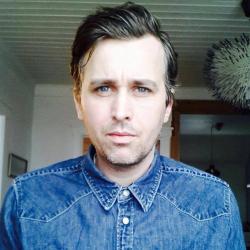When looking at the gruesome history of Icelandic executions, one detail stands out, and it’s unfortunately one that is echoed in our modern times: those who were executed were poor people that didn’t stand a chance. This is one of the interesting findings of professor Steinunn Kristjánsdóttir and her team at the University of Iceland, as they document all executions in Iceland. Read about their research here.
Of course it was the King of Denmark (we only got bad stuff from the Danish monarchy) who ushered in capital punishment when he took over the right to administer justice from the Catholic Church in 1550. The wave of executions that followed saw 248 people put to death in less than three centuries. Though some of the executed were violent criminals—including Iceland’s one and only serial killer—the vast majority were poor, homeless and powerless. Vagrants with nothing but the clothes on their back, and women violating morality laws account for many of the dead.
It doesn’t matter in what country you live in: your prison system is probably filled with a similar demographic: poor people. In a way, we are still punishing the poor, in my opinion, and for what? Being born on worse footing? Having less privilege?. There are no millionaires on death row in the American prison system.
Iceland’s history of capital punishment is something we need to learn from. And find ways to improve our society based on our findings. Just as we judge those who carried out Iceland’s executions, so too will we be judged by future generations.
Buy subscriptions, t-shirts and more from our shop right here!


















